 A story starter is one specific type of writing prompt that you can use when you need an idea for a story. In this mini spark, you will find writing starters and comic starters that go along with the Dav Pilkey series: Dog Man, Cat Kid, and Captain Underpants.
A story starter is one specific type of writing prompt that you can use when you need an idea for a story. In this mini spark, you will find writing starters and comic starters that go along with the Dav Pilkey series: Dog Man, Cat Kid, and Captain Underpants.
Spark your thinking!
1. Set up your language arts mini spark recording page: #14: Story Starters
2. Who is Dav Pilkey? Read a little about him on this page. Record 5 details on your recording page.
3. Watch this video interview. On your recording page, write 2-3 sentences about how Dav started his writing journey.
4. Look over an example of a writing starter and a comic starter.
Look at the comic starter for Dog Man.
Look at the writing starter for Dog Man.
After looking at each type, would you prefer to write and illustrate comic or write the next part of the story? Add your response to your recording sheet and explain your choice.
5. Choose one of these starters to complete. You can choose to do the comic starter or the writing starter. Print out your choice to use to create your story.

Comic starter for Dog Man Lord of the Fleas
Writing starter for Dog Man Lord of the Fleas

Comic starter for Dog Man Fetch-22
Writing starter for Dog Man Fetch-22

Comic starter for Cat Kid Comic Club Influencers
Writing starter for Cat Kid Comic Club Influencers

Comic starter for Dog Man
Writing starter for Dog Man

Comic starter for Captain Underpants 25 ½ Anniversary Edition
Writing starter for Captain Underpants 25 ½ Anniversary Edition
6. Share your language arts mini spark recording page and project if you printed it, with your teacher/EY coordinator.
There are many more choices at the main Story Starters website. If you are interested in doing these projects for a badge, talk to your teacher or your EY coordinator.
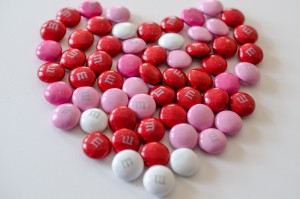
 Circles are EVERYWHERE, and wherever there are circles, there’s math to be done!
Circles are EVERYWHERE, and wherever there are circles, there’s math to be done!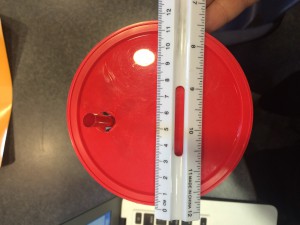
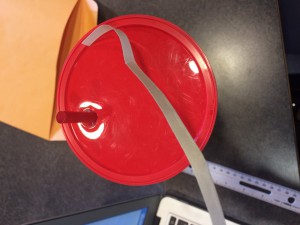
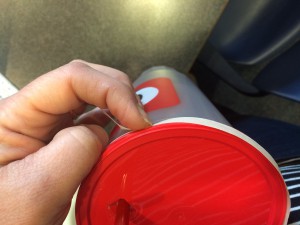
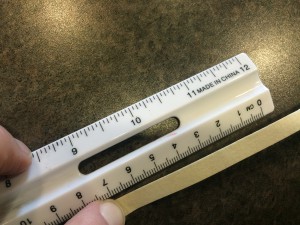
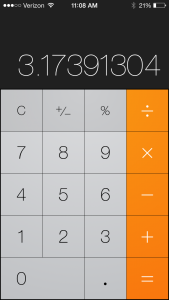
 Learn about how Pi relates to cylinders, cones, and spheres in this math mini spark.
Learn about how Pi relates to cylinders, cones, and spheres in this math mini spark.


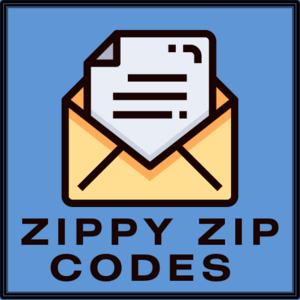
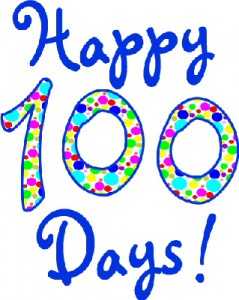
 A story starter is one specific type of writing prompt that you can use when you need an idea for a story. In this mini spark, you will find writing starters and comic starters that go along with the Dav Pilkey series: Dog Man, Cat Kid, and Captain Underpants.
A story starter is one specific type of writing prompt that you can use when you need an idea for a story. In this mini spark, you will find writing starters and comic starters that go along with the Dav Pilkey series: Dog Man, Cat Kid, and Captain Underpants.






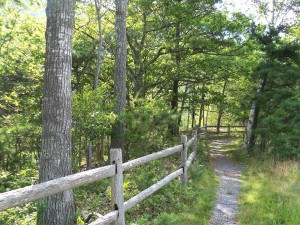


 Rising to a height of 85 meters in the Norwegian landscape, Mjøstårnet holds the title of the tallest wooden building in the world, constructed primarily from timber sourced from nearby forests. However, not long ago, towards the close of the 20th century, engineers believed that erecting a wooden structure taller than six stories was unfeasible. What, then, are the differences between wooden constructions like this and skyscrapers made of steel and concrete? Stefan Al explores this question.
Rising to a height of 85 meters in the Norwegian landscape, Mjøstårnet holds the title of the tallest wooden building in the world, constructed primarily from timber sourced from nearby forests. However, not long ago, towards the close of the 20th century, engineers believed that erecting a wooden structure taller than six stories was unfeasible. What, then, are the differences between wooden constructions like this and skyscrapers made of steel and concrete? Stefan Al explores this question.